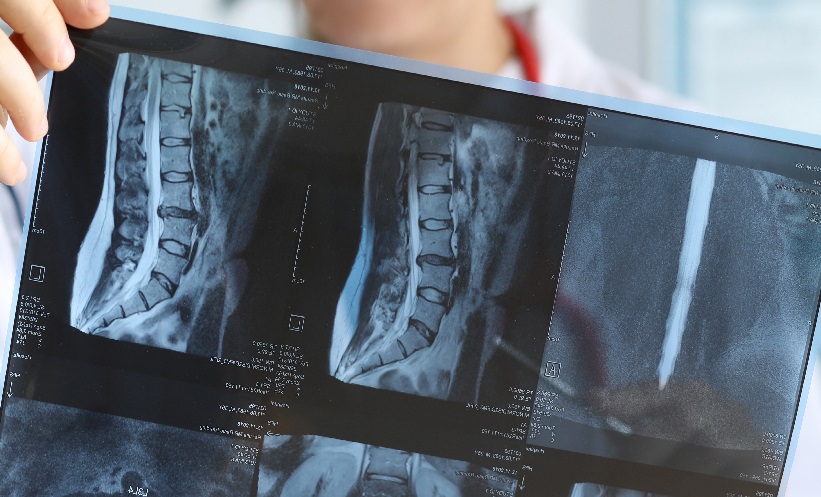UNDERSTANDING how diabetes affects bone health is essential for improving fracture risk assessment in an ageing population. While individuals with diabetes are known to be at increased risk of fractures, traditional bone mineral density (BMD) assessments often fail to capture this vulnerability. A recent longitudinal study aimed to clarify how vertebral BMD changes over time in individuals with diabetes and whether impaired kidney function plays a modifying role. One key finding was that vertebral BMD actually increased in people with diabetes, particularly in those with diabetic nephropathy.
Researchers analysed data from 1,046 participants in the Multi-Ethnic Study of Atherosclerosis Lung Study, all of whom underwent chest CT scans at two timepoints: Exam 5 (2010–2012) and Exam 6 (2016–2018). Individuals with prediabetes were excluded to ensure clearer comparisons between diabetes and non-diabetes groups. Vertebral BMD was calculated using a validated deep learning model to segment thoracic vertebrae, focusing on trabecular bone. Linear mixed-effects models assessed changes in BMD over the 6.2-year median follow-up, while stratified analyses explored the impact of kidney function using estimated glomerular filtration rate (eGFR) categories.
At baseline, participants with diabetes had a higher vertebral BMD than those without (202 vs 190 mg/cm³). Over time, vertebral BMD increased significantly among the diabetes group (β=0.62 mg/cm³/year; 95% CI: 0.26–0.98). Notably, this effect was stronger among individuals with diabetes and reduced kidney function (β=1.52 mg/cm³/year; 95% CI: 0.66–2.39), compared to those with diabetes and preserved kidney function (β=0.48 mg/cm³/year; 95% CI: 0.10–0.85). These results suggest a complex interaction between diabetes, renal function, and skeletal health.
The study’s findings challenge traditional assumptions about BMD in diabetes and raise questions about the adequacy of standard bone density assessments in this population. Despite showing increased BMD, people with diabetes still face heightened fracture risks, highlighting the need for more nuanced assessment tools that incorporate bone quality and microarchitecture. Limitations include the use of CT-based BMD rather than DXA, and the lack of direct fracture outcome data. Clinicians should be cautious when interpreting BMD alone in diabetic patients, especially those with coexisting kidney disease, and consider advanced imaging or additional risk stratification methods when appropriate.
Reference
Ghotbi E et al. Diabetes and longitudinal changes in deep learning-derived measures of vertebral bone mineral density using conventional CT: the Multi-Ethnic Study of Atherosclerosis. Skeletal Radiol. 2025;DOI: 10.1007/s00256-025-04995-2.








